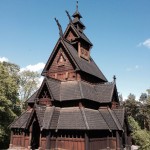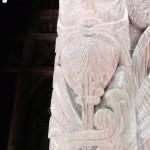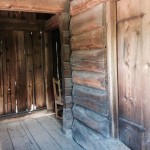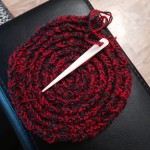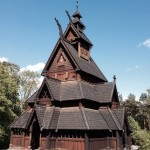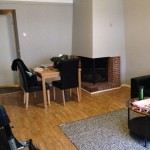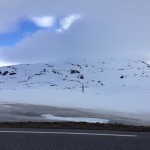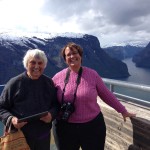Itineraries are packed with sites to see, fun and sometimes exciting activities to experience, and interesting modes of travel: hiking, scenic railway, gondola, biking, skiing. In planning a vacation my hours and days are dedicated to learning the possibilities for sites and experiences we can enjoy in this new place. I discover museums, parks, local favorites. I learn about buses, subways, trains, and local driving tips. I reserve hotels and apartments. Plan our driving, train, and bus routes. Each city on our trip gets a custom booklet of sites and experiences which will likely pique the interest of my individual family members.
Traveling with my husband and daughters has always been a wonderful experience with a balance of old buildings, like castle ruins to explore, scenic places, and museums where we all enjoy learning about the culture and history of the place.
Traveling with my mother in Norway has been a new and equally enjoyable experience in travel for me. I still did the pre-trip research and made the individual city booklets, but each day is relaxed and none of the sites on the itinerary have been must-sees. Each day At times I found I needed to reflect about why I felt strongly about visiting a site before I gently let go and no longer regretted missing it. The most important vacation experience is enjoying time with family and sharing new experiences with them.
These four weeks in Norway with my mother have brought a rediscovery that hanging out with family is more valuable than any museum. Together we have visited medieval stave churches, Viking ships, farms, fjords, homes from the 1700s, and snowy mountain tops. We have driven across the snowy top of the world and up the steep sides of a fjord. And we have enjoyed hanging out in our comfortable apartments playing gin rummy and Yatzy. I have crocheted and learned basics of the ancient art of nålbindning. Norwegians knit, but as a beginner who is still learning to make even rows of knits and perls, I chose to bring my well used crochet hook instead. My mom bought me a book on nålbindning at the Viking Ship Museum in Oslo, and I’m enjoying learning to make a hat. I bought 2-ply red and dark gray yarn which I use together forming a thicker yarn.
We have slept in, talked, and laughed together in our apartments over these four weeks in Norway. So while I didn’t check off every museum and site on the itinerary, I haven’t missed a thing. Hanging out with my Mom has been a pleasure.
Like this:
Like Loading...

